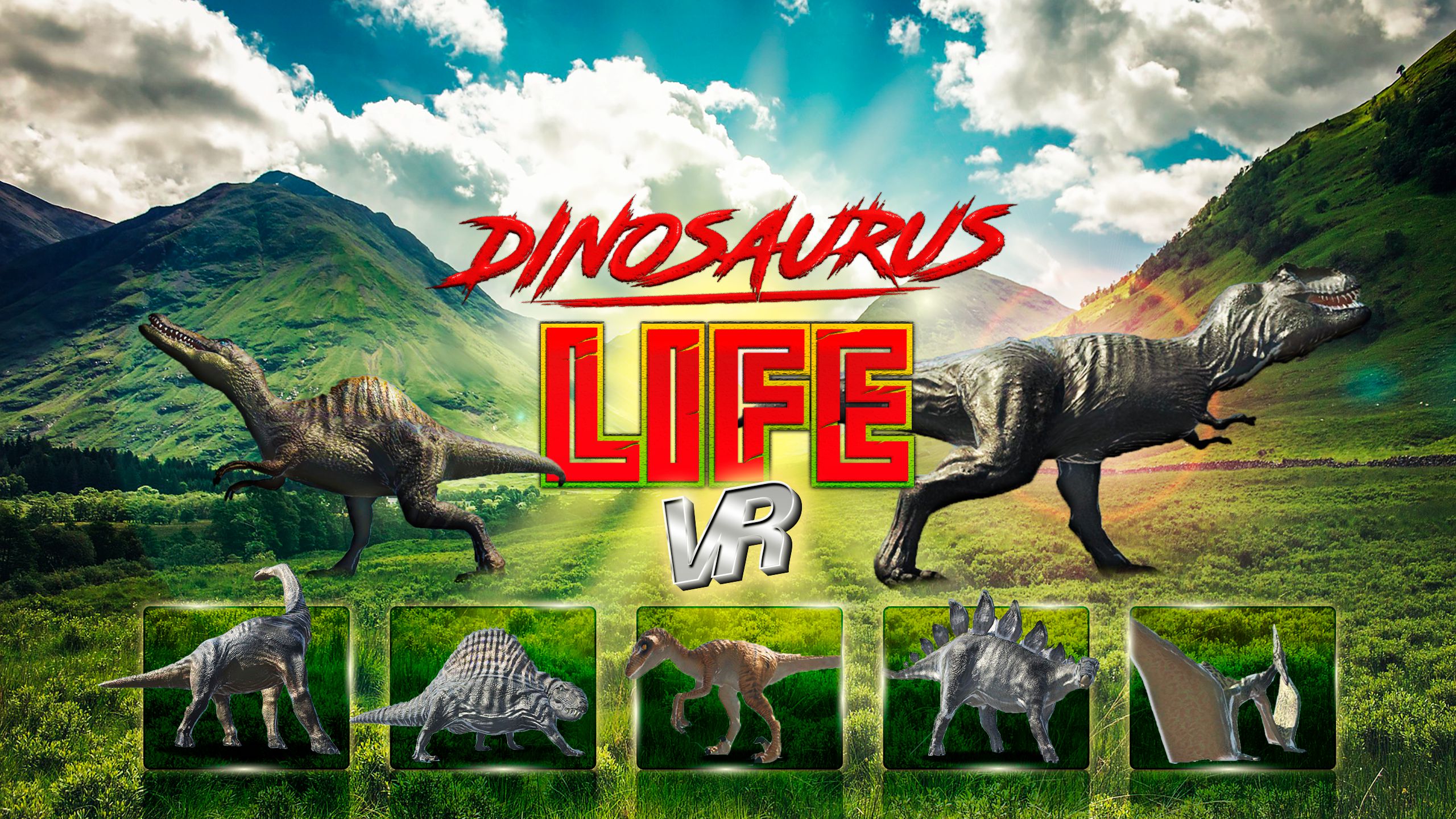Virtual and augmented realities
This page has been translated by a bot, I only have two hands, sorry.
Difference between virtual and augmented
These two modern concepts sound similar but are actually very different in their development and implementation. Virtual reality takes place entirely in a helmet provided for this purpose.
There are many brands of virtual reality headset out there today. Some are stand-alone, like the hugely popular Oculus Quest, others rely on a computer, like the (for now) HTC brand. There are high end helmets like Pimax as well. Virtual reality is an entirely virtual world, totally created in 3D and is broadcast in 3D in these helmets. With controllers we can interact with the environment that we see in the helmet. It is total immersion in a virtual world.
Augmented reality is very different, it's the display of virtual content in a real environment. This is why we don't use an augmented reality headset, we can use it with a simple smartphone.
You can add objects, interfaces, explanations to an existing decor. Thanks to augmented reality, we can enrich visual content from a screen. Or we can also create a virtual environment in reality, all visible from glasses or a smartphone / tablet screen.
The VR approach
Building a virtual reality application is similar to developing a video game. Everything is virtual, you have to create an environment, create an interaction with the user. The goal of a virtual reality project can be a platform like Steam or the Oculus Store or local use in an establishment. The major differences with a traditional video game are the perception of the virtual world by the user (everything must be in 3D), the interactions, the user interface but also, and above all, the physics. This last point is crucial because a poorly studied movement in virtual reality can make a user sick. We have the experience of several games and adventures in virtual reality and we know the specifics of this type of development.
Augmented reality on smartphones
Augmented reality is widely used at the industrial level and will be used more and more. In fact, with a simple pair of glasses, you can see a large number of screens and increase your working capacity. For entertainment, augmented reality has taken a leap forward thanks to the "Pokémon Go" app, which involves searching for Pokémon in the real world with your phone. We use Vuforia and OpenCV augmented reality engines.
We can thus add 3D content in an environment by symbol recognition, recognition of the scenery. We also have the ability to do facial recognition for any type of application. We also have text recognition tools that allow paper text to be saved directly to a connected device. The possibilities of augmented reality, whether for utility or entertainment, are limitless.
Achievements in virtual reality
We have already developed several virtual reality applications which are distributed both on Steam and on the Oculus store (for the Rift S or the Quest 2). We developed Sea Life Relax, a virtual reality underwater exploration application for the Oculus Rift and, at the time, the Oculus Go.
As always, the possibilities are endless.
360 ° virtual tours
The virtual tour is an additional element in a communication strategy and allows additional immersion for your users and / or customers. As a Google Street photographer, we have the ability to take a virtual tour of your premises and export it to Google Street so that prospects who find your business on Google and view your listing can visit your premises.
A virtual tour can also be created with a totally artificial environment. We can effectively create a 3D environment and make possible a virtual tour of the same type as the examples below.
It is also possible, like the examples below, to export virtual tours of your premises directly to your website.
Cat Island, Bahamas
[pano file="https://maestro-creations.fr/visitesvirtuelles/Virtual%20Tour%20Fernandez%20Bay.html"]
Fête médiéval Bayeux 2017
[pano file="https://maestro-creations.fr/visitesvirtuelles/Visite%20virtuelle%20medievale%20export.html" ]


